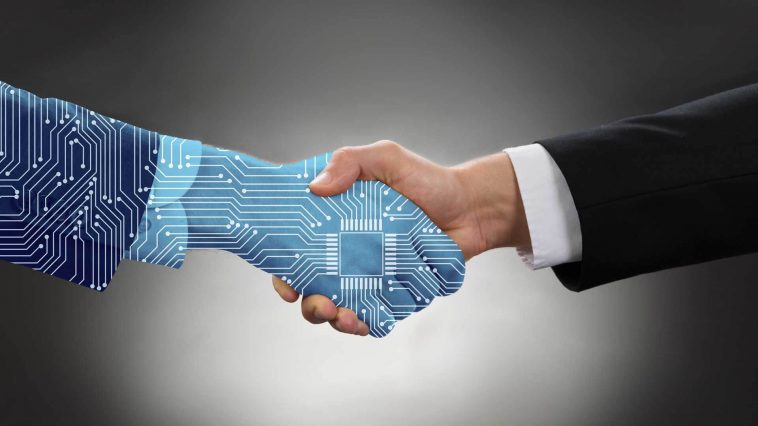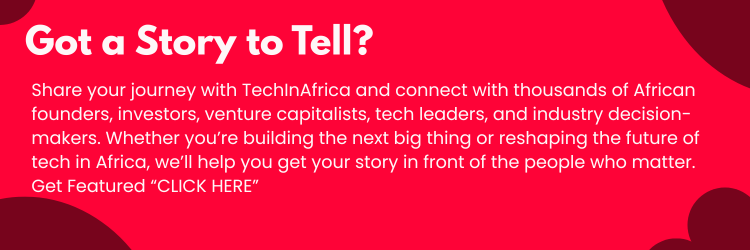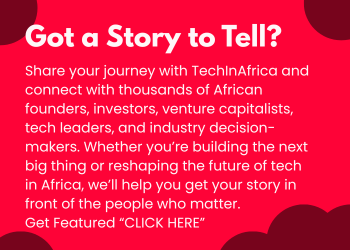TechInAfrica – It’s easy to think that technology has brought us insecurities and false propaganda with hoax news for the last decade. Both ordinary and famous people has tasted the wrong side of technology, with fake videos and well-fabricated documents. Even Tim Berners-Lee, the man who invented the Internet, has acknowledged its worst aspects and vows to make it better.
But who is actually at fault? Is it the technology itself? Technology, as a tool, is largely neutral—and what you do with it defines their own purpose. In this manner, technology has also helped the humanity to achieve a better way of living. Many entrepreneurs and inventors are constantly looking for a way to develop technology to address some of the world’s biggest problems like hunger, inadequate healthcare, or even conflicting nations.
So, here’s five times technology has actually helped us:
Bionic prosthetics
Hugh Herr, head of the Biomechatronics group at the MIT Media Lab, created robotic prosthetics that mimic the functions of real limbs—allowing him and many others to excel in athletic pursuits in which they could not before. This, in return, would renown him as the ‘Leader of the Bionic Age’ by Time magazine in 2011.
Despite prosthetics has been in existence since a long time ago, the application of robotics and 3D printing has made this notion simpler, cheaper, and easier to wear for those who needs it. Earlier prosthetics, made of metal, were too heavy for children to wear and largely unaffordable—due to their constant growth, so their prosthetics also need to be replaced regularly.
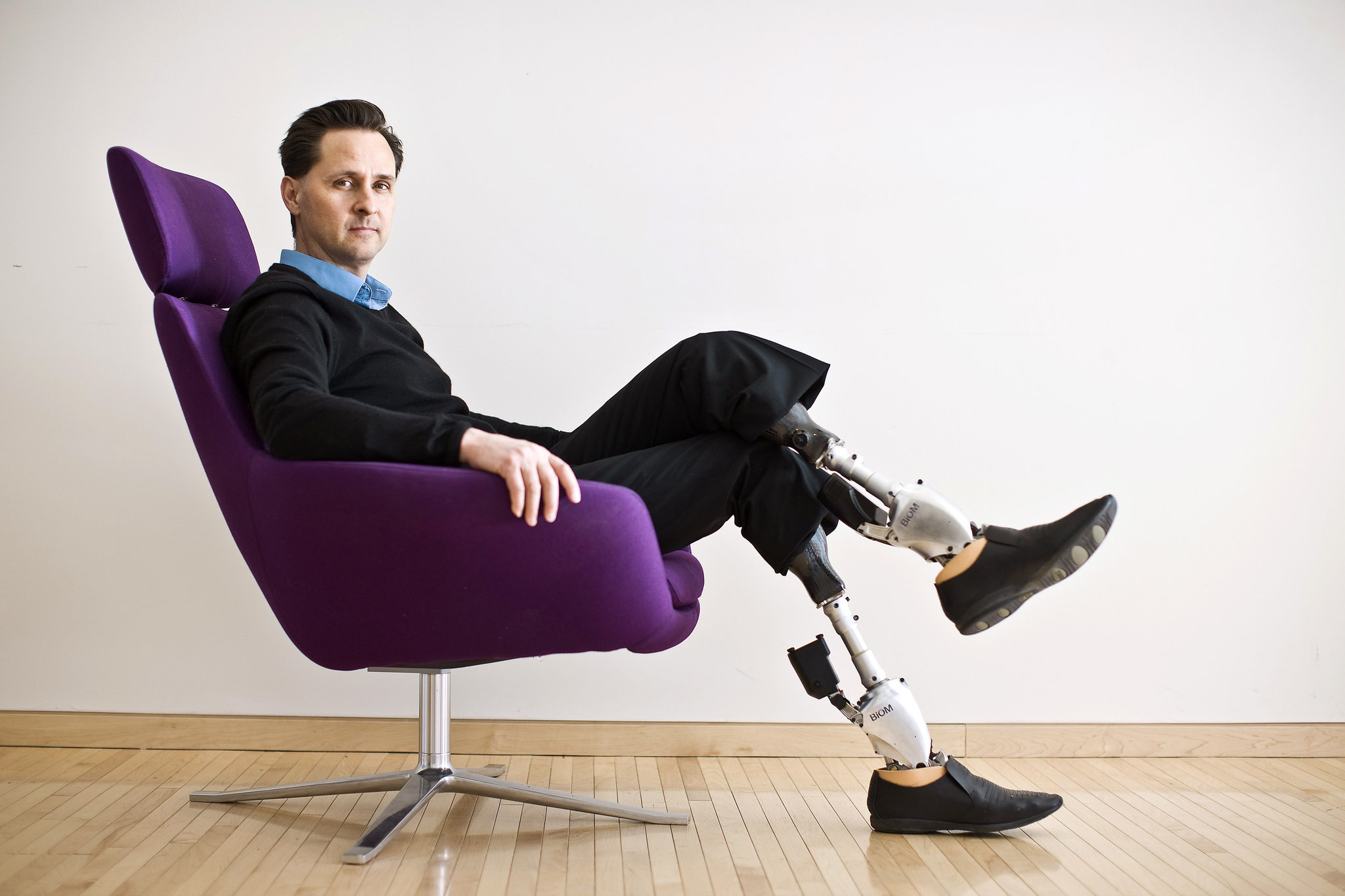
Not so long before, Open Bionics, a British company, builds inexpensive and affordable prosthetics limbs for children. They had also partnered up with Disney to present them with superhero-themed artificial limbs. In addition, another brilliant development is that certain types of prosthetics now allow its users to feel the sense of touch.
Preventing domestic and public violence
TecSOS, a project by Vodafone Foundation, is an initiative that “seeks to support victims of domestic abuse and other vulnerable people, through provision of a specially adapted piece of technology that enables enhanced access to the police in an emergency.”
By activating the app when the user is jeopardized, TecSOS allows the users’ devices to record their surroundings and alert the local police force. Furthermore, Vodafone claimed that their evaluations have shown an 11% reduction in police response times and significantly increased sense of security for those people using the system.
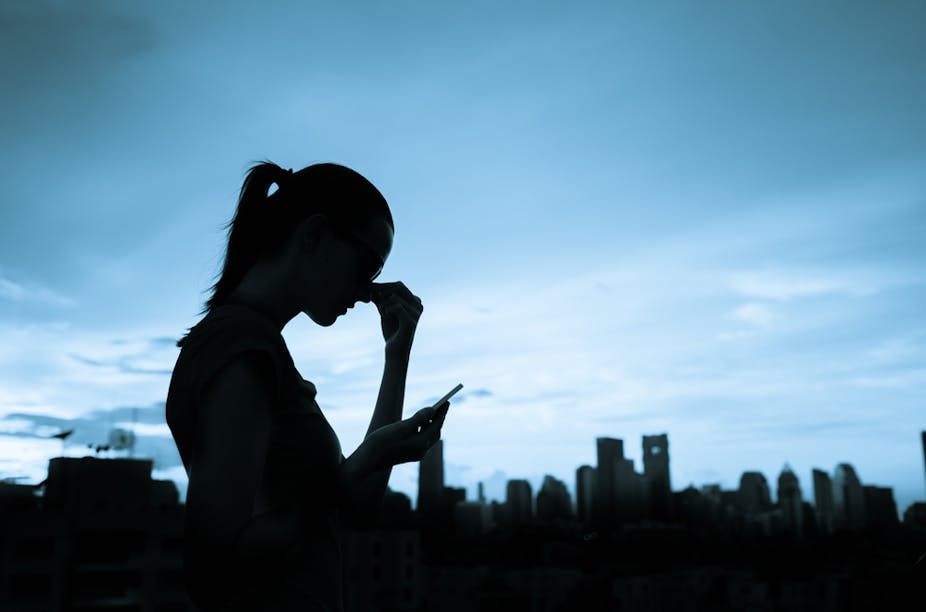
On the other hand, apps like SmartSafe allows people to have new insights to fight abusers. The app also directs people to resources and have tips about how to stay safe online and on a phone—as well as providing people the feature to record videos, take pictures, and write notes before secretly storing them at the cloud.
These are just two examples of the many ways technology has helped us fight domestic violence actively and passively.
A lifeline for refugees
For people who got forced away from their home nation due to conflict and other dangers, technology serves as a method to stay connected with the people they love and let them know they’re safe. Working with the UN, Vodafone yet again helped refugees get online with portable equipment.
Designed specifically—but not limited to—Syrian and Kenyan refugees, Vodafone brings a mega-charger capable of charging 66 phones, along with Instant Network Mini, a Wi-Fi network in a rucksack that has been used in crisis situations from Kenya to the Philippines.
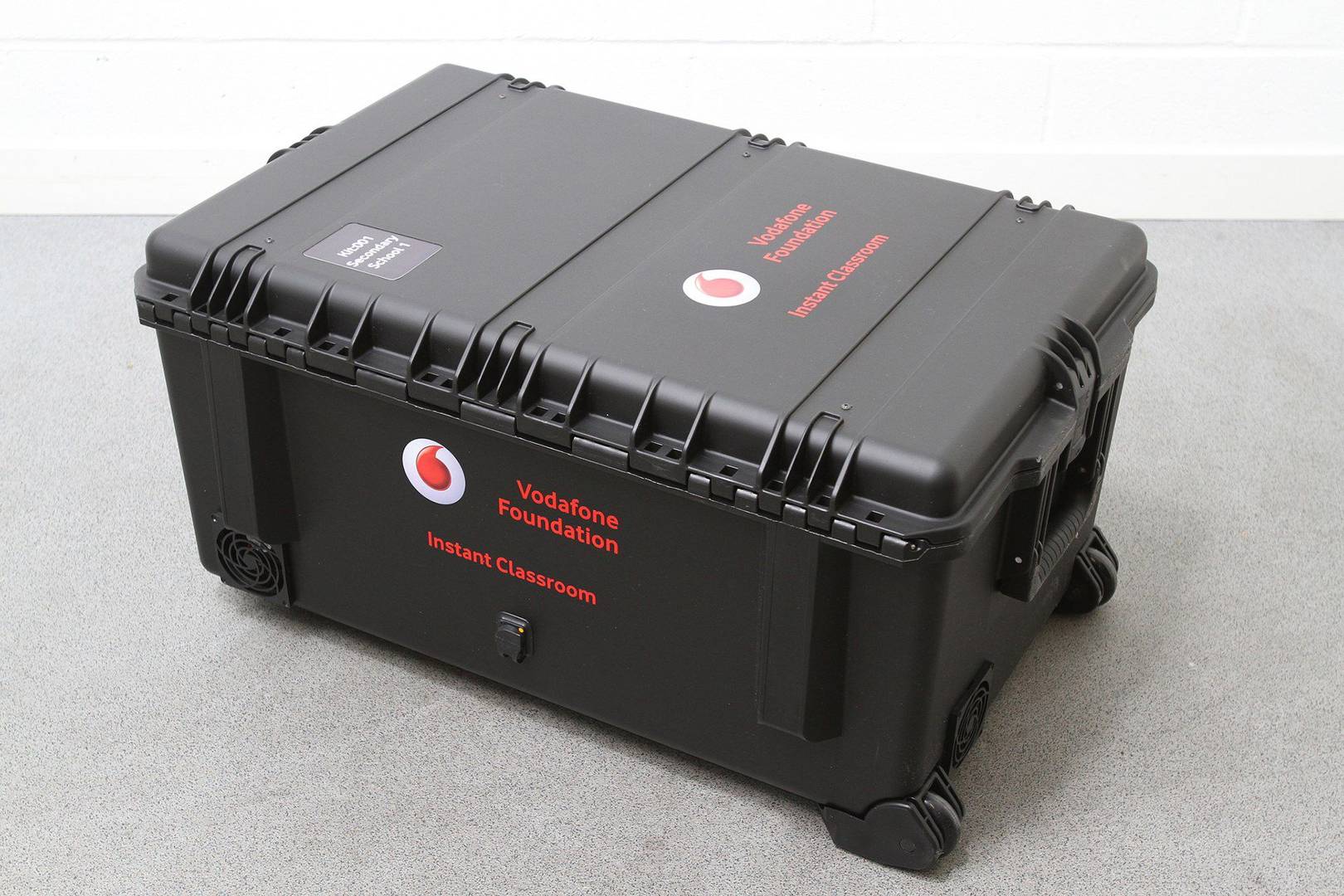
Furthermore, Vodafone also had provided them with Instant Classroom Lite—designed for big class sizes in refugee camps and weighs in at less than half of the original. It contains a projector and audio system, 3G and 4G connectivity and a laptop server preloaded with educational content.
Disaster response
In Fukushima, Japan, the worst nuclear disaster in history took place in March 2011. This event came after the disastrous earthquake in the same year, crippling some of the nation’s most capable nuclear reactors and thus, initiating a collateral damage to its surroundings. Three reactors were destroyed after a 9.0 earthquake occurred 80 miles off the coast of Japan.
In this manner, robots were sent to address and determine the true extent of this disaster—gauging radiation levels and temperatures, which would provide a glimpse inside the reactor. From there, scientists and developers can determine whether there could be any chance of rebuilding in the future.

Aside from that, there are many apps that could help you prepare for your emergency situations when a disaster comes. In another words, you would be prepared for the next flood, hurricane, or wildfire—in case they occur without a warning.
Making the world more accessible for all
Even at this year’s end, many people are still disconnected from the outside world—especially those with chronic illnesses and disabilities. One of the most fervent implementations of technology is helping those people (namely wounded veterans and aging individuals) navigate physical environments more effectively. An app called Wayfindr is defined exactly like that.
In addition, automatic live captioning on YouTube helps hearing-impaired people to understand internet videos. Augmented reality platforms help hearing-impaired children to enjoy stories and tales without being able to listen to them closely.
Summing up, those are five proofs highlighting that technology isn’t always bad. But we feel like we’ve been missing some examples, so can you help us point them out and tell us what we haven’t written? Let us know in the comments section!
Source: cnet.com

